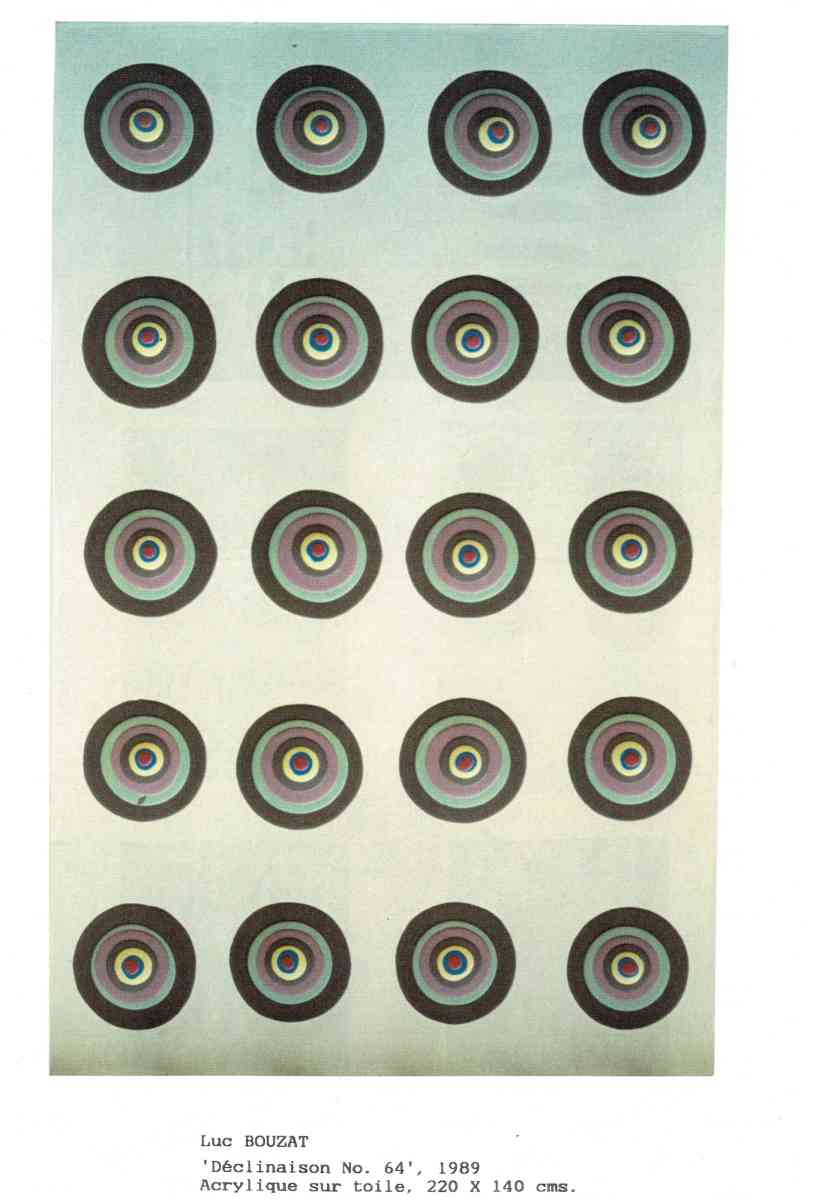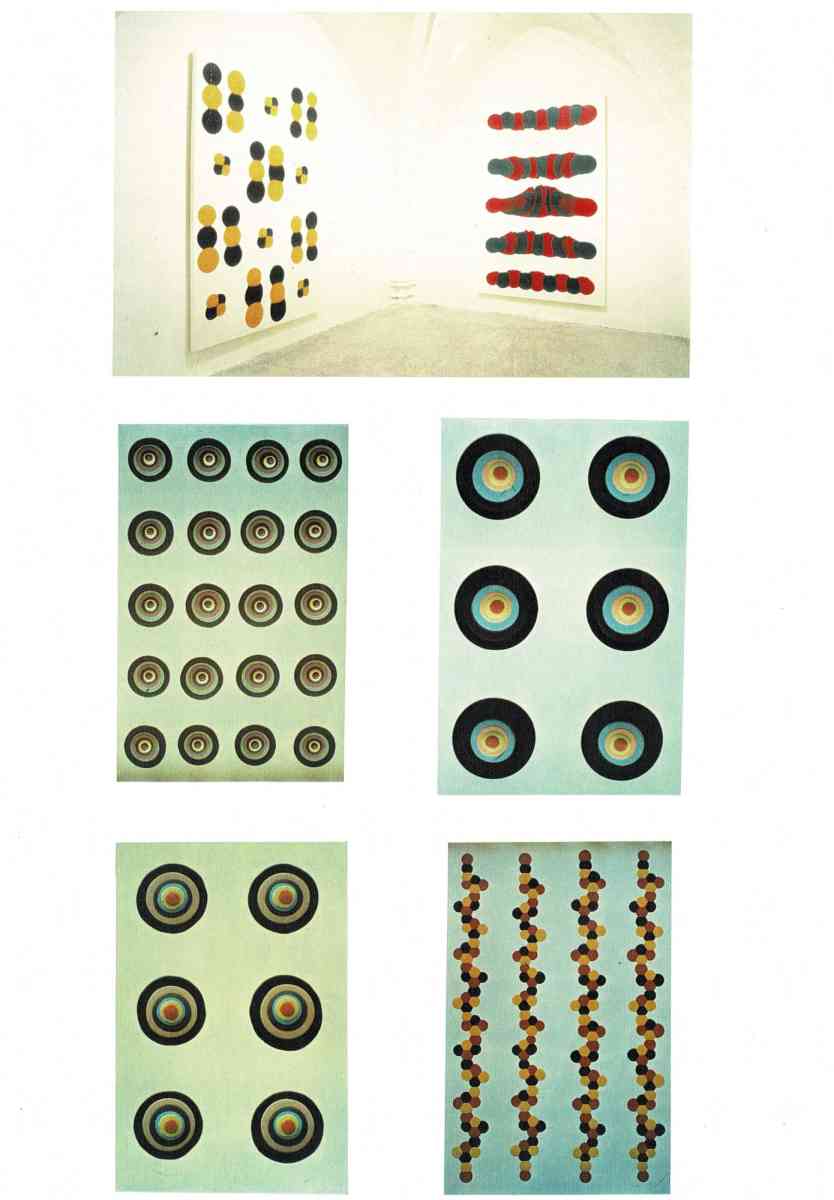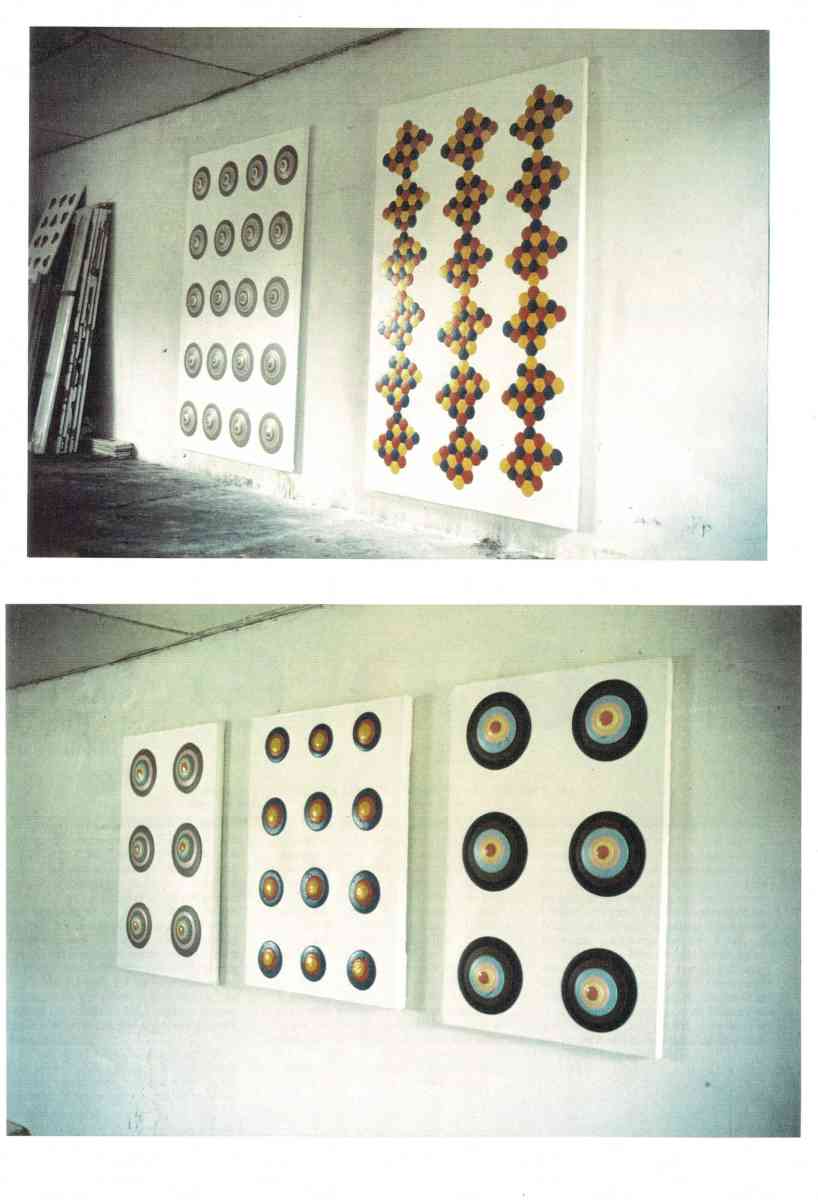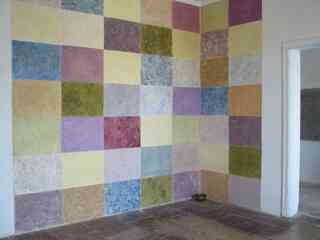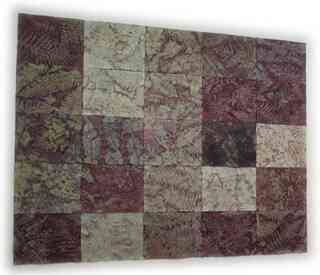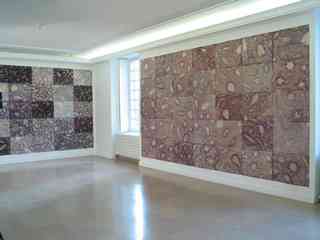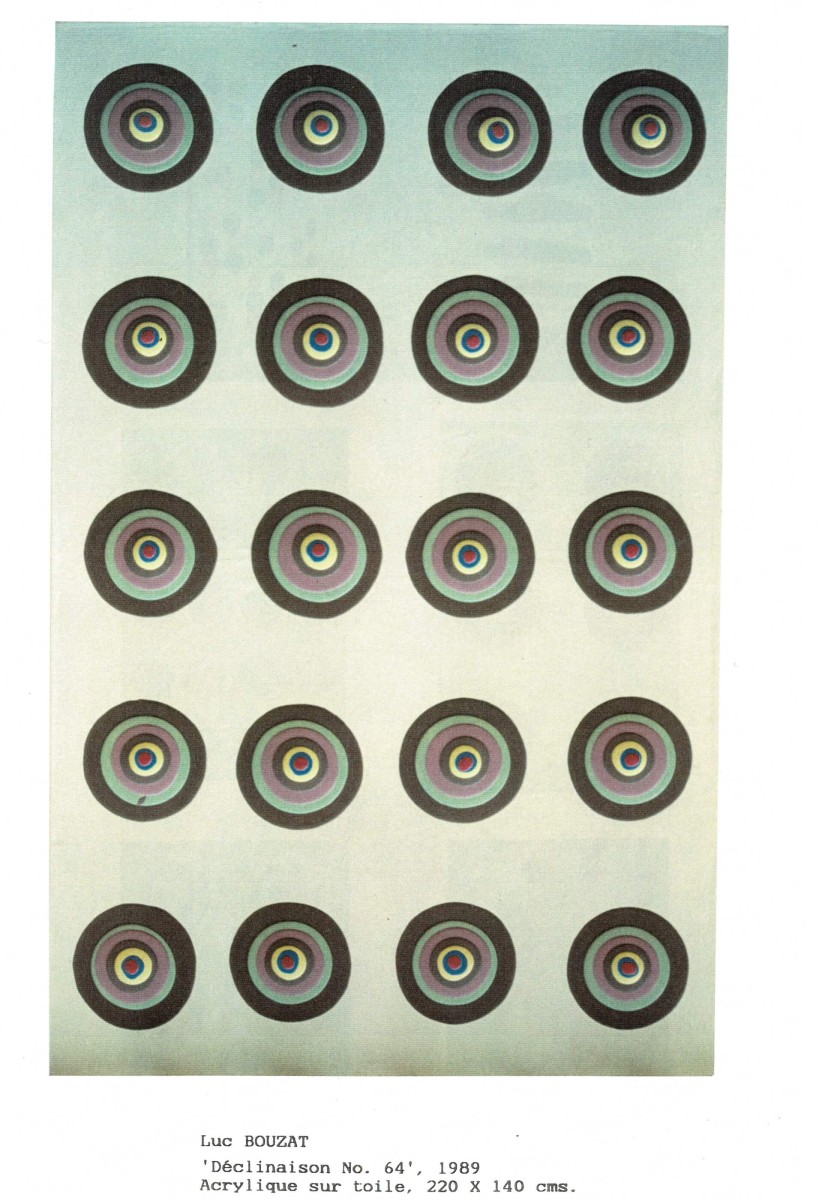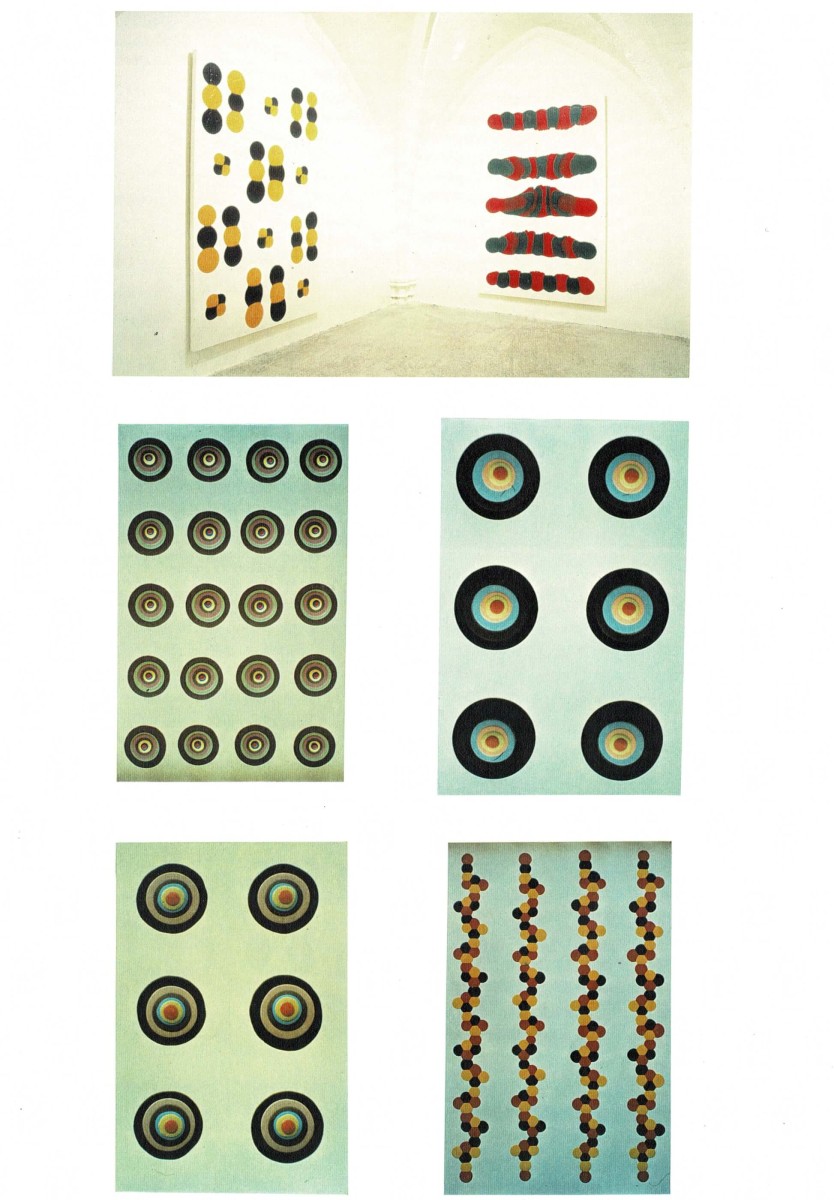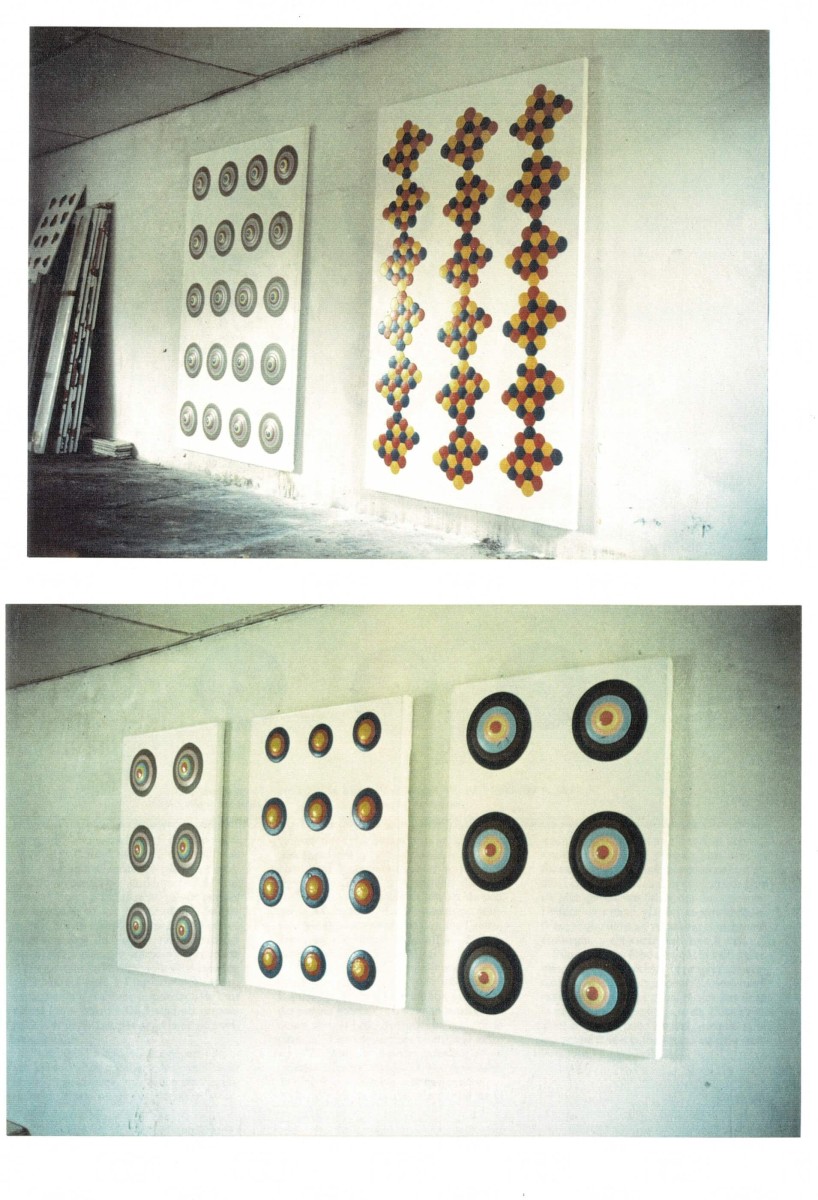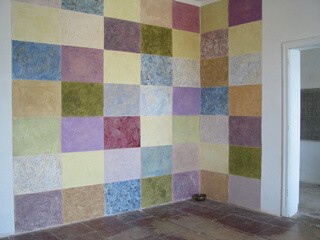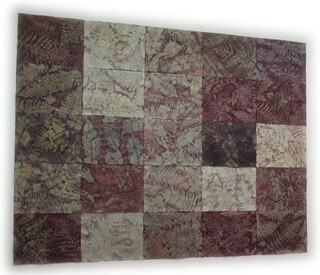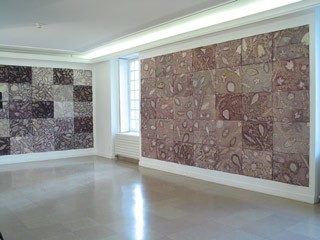Luc Bouzat
Luc Bouzat is a Triangle France Resident.
Starting from a radicality all the more significant for not being supported by any locally circumscribed aesthetic trend, Luc Bouzat’s approach is interesting in that it offers a fresh perspective on painting. Not that it completely avoids the major influences of contemporary art (particularly those that enabled a different stance toward the canvas—treating it flat, horizontally); rather, because although it traces back to the source of contemporary art (for which Marcel Duchamp is largely responsible), it does so while maintaining a critical position.
The idea he initially adopted—regularly placing dots of primary colors that resembled targets or molecular conglomerates—has since evolved into a form of sensuality which, while more freely expressed, retains all the formal rigor of his earlier period. His process still involves letting fragments of paint fall from the pot onto a stretched canvas, layering atop one another in a descending order—hence the domed appearance of the resulting spots. In doing so, Bouzat enacts a kind of revolution in taste. This “taste,” which since Baudelaire, after yielding to the demands of moral ideals, became the manifestation of the spiritual, of imagination, of passion—a reckless intertwining of references to both the external and internal worlds—and which he now pushes to its final frontiers.
Bouzat’s “taste” is that of the hand brushing the dots whose protrusion increasingly rivals the shape of a breast (without overt eroticism); it is also that of colors with an ever more gustatory quality (they quite literally resemble ice cream) and a synthetic one (acrylic, in all its versatility and chemical beauty, is unapologetically laid bare).
Ultimately, Bouzat turns taste into a metaphor for his own aesthetic: a humorous composition of beauty and ugliness. “Novelty lies in the spirit that creates, not in the nature that is painted,” said Delacroix. With Bouzat, it’s as if novelty lies both in the spirit and in nature.
—Lise Ott, from the catalogue of the exhibition Re.Painting, 1996.
